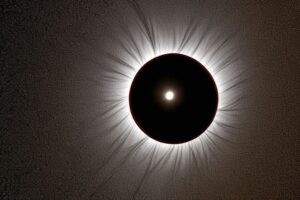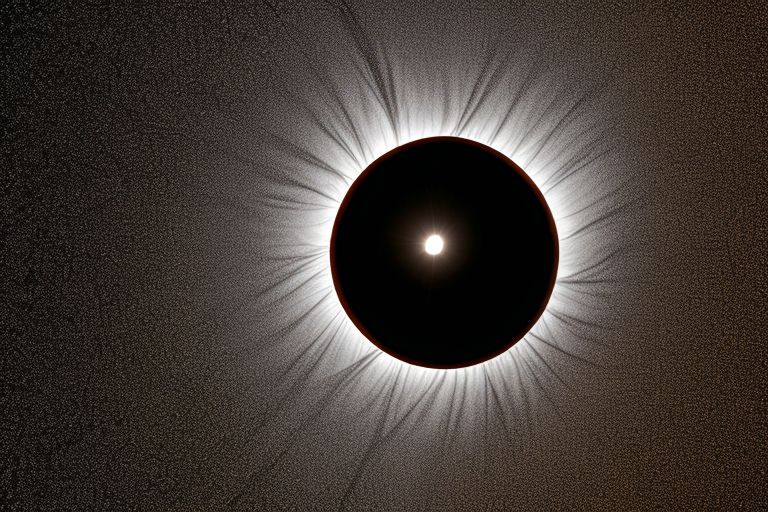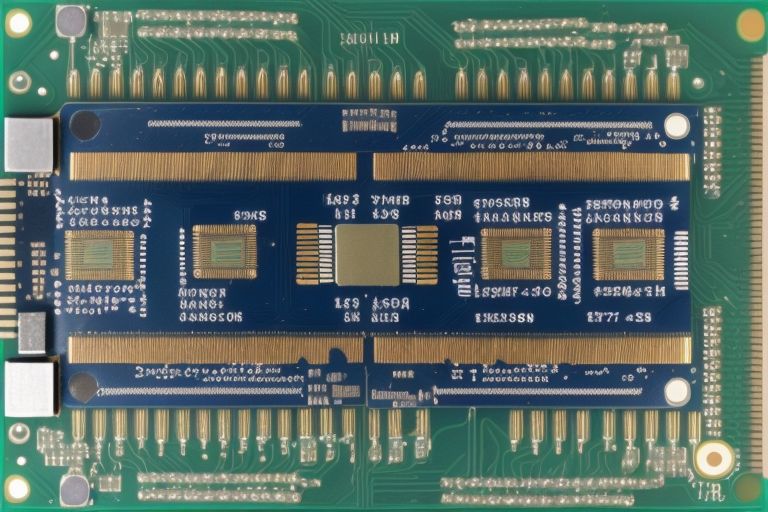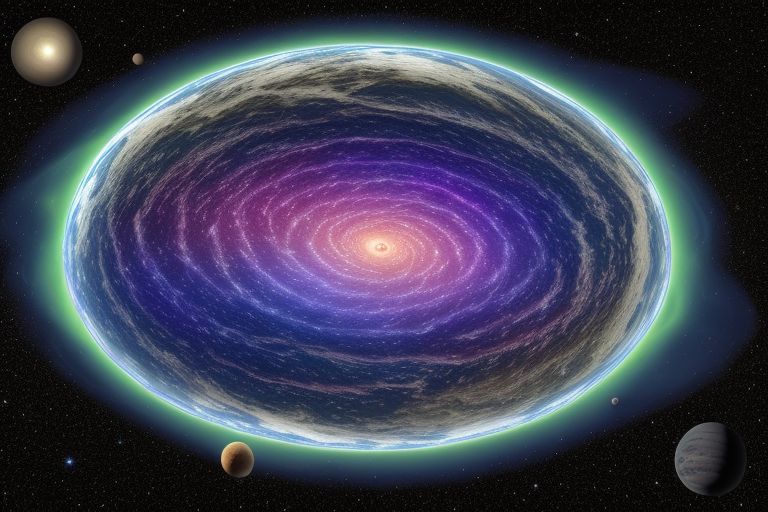In a remarkable leap from science fiction to scientific reality, recent research has unveiled compelling evidence suggesting the presence of potentially habitable conditions on exoplanets, reminiscent of the fictional world of “Tatooine” from the Star Wars universe. However, instead of scorching deserts and binary suns, these exoplanets exhibit more temperate climates, raising intriguing possibilities for extraterrestrial life.
Unveiling the Mysteries of Exoplanets
Exoplanets, celestial bodies orbiting stars beyond our solar system, have long captivated the imagination of astronomers and space enthusiasts alike. With advancements in observational techniques and space exploration technologies, scientists have made significant strides in uncovering the mysteries shrouding these distant worlds.
Discoveries of Potentially Habitable Exoplanets
Recent discoveries have unveiled a tantalizing array of exoplanets situated within the habitable zone of their parent stars – a region where conditions may be conducive to the existence of liquid water and, by extension, life as we know it. Among these findings are exoplanets with Earth-like characteristics, including moderate temperatures and rocky compositions, hinting at the presence of environments capable of supporting biological organisms.
Echoes of “Tatooine”
The concept of habitable exoplanets bearing resemblance to the fictional world of “Tatooine” from the Star Wars saga adds a fascinating dimension to our understanding of planetary diversity. While “Tatooine” is portrayed as a harsh desert planet orbiting twin suns, the real-life counterparts discovered by astronomers exhibit more hospitable climates, offering a glimpse into the potential richness and variety of alien worlds scattered throughout the cosmos.
Implications for Astrobiology and Space Exploration
The identification of potentially habitable exoplanets holds profound implications for the field of astrobiology, as scientists continue to search for signs of life beyond Earth. By studying the atmospheric composition, surface conditions, and orbital dynamics of these distant worlds, researchers aim to unravel the fundamental principles governing planetary habitability and the prevalence of life in the universe.
Moreover, the discovery of habitable exoplanets fuels the aspirations of space exploration missions, providing targets for future telescopic observations and robotic exploration endeavors. Initiatives such as the James Webb Space Telescope and next-generation space probes are poised to revolutionize our understanding of exoplanetary systems and pave the way for the discovery of new worlds teeming with potential for life.
Conclusion
In conclusion, the transition from science fiction to reality is exemplified by the growing body of evidence supporting the existence of habitable conditions on exoplanets akin to those depicted in popular culture. While the allure of “Tatooine” captured the imaginations of generations, the real-life discoveries of temperate exoplanets underscore the vast diversity and complexity of the cosmos. As scientific exploration continues to push the boundaries of knowledge, the quest for habitable worlds and signs of extraterrestrial life stands as a testament to humanity’s insatiable curiosity and quest for understanding.
















+ There are no comments
Add yours